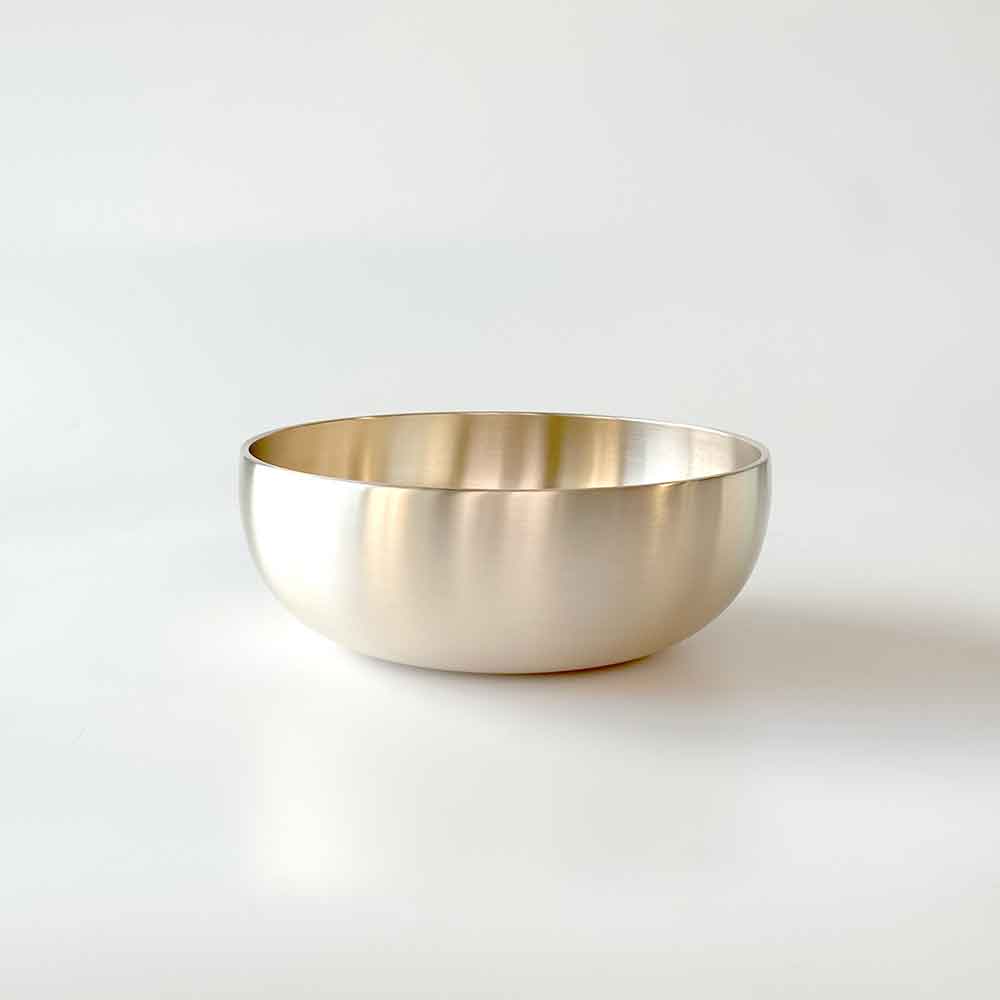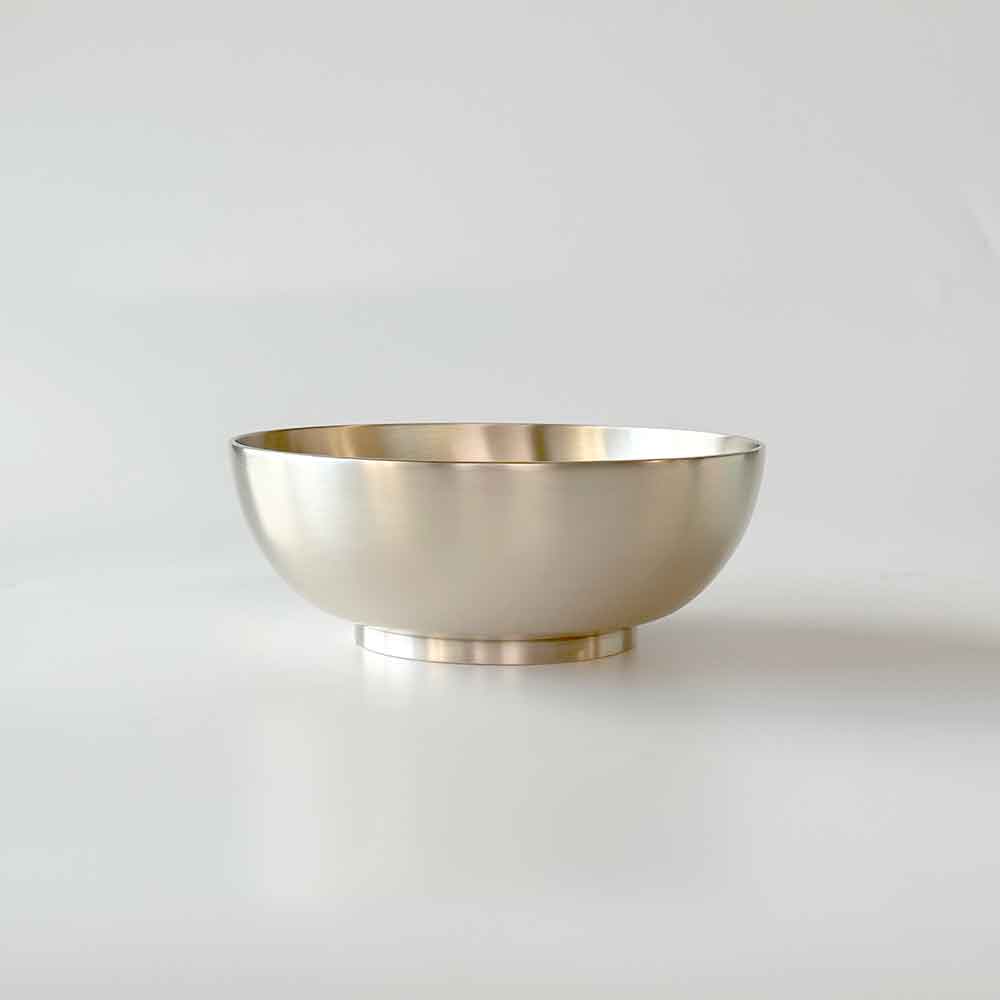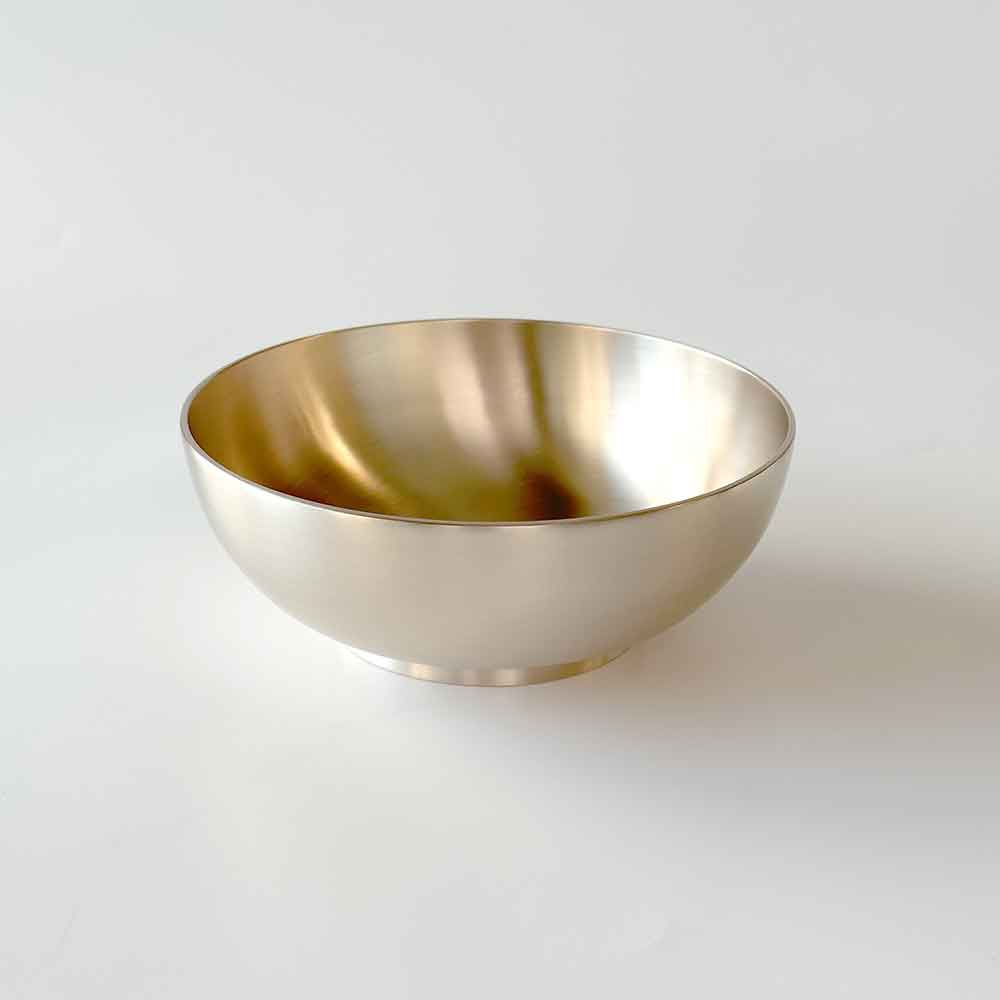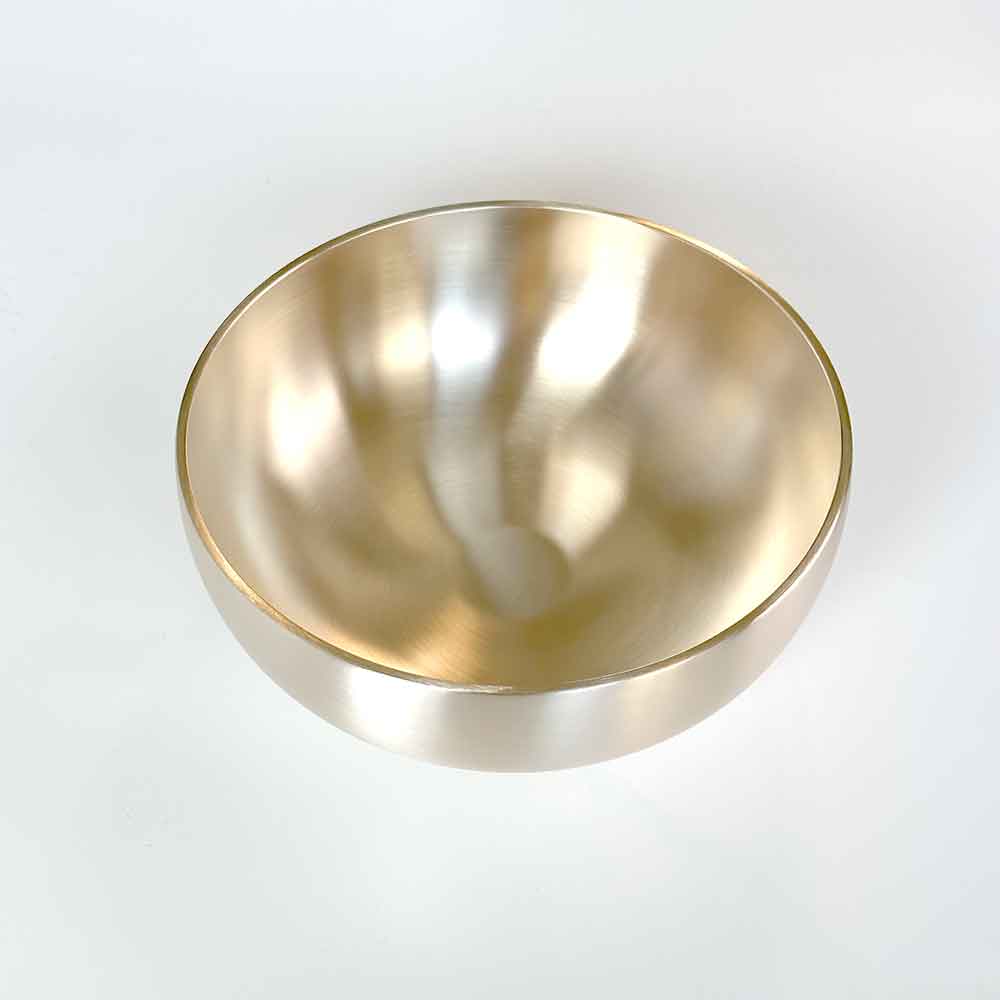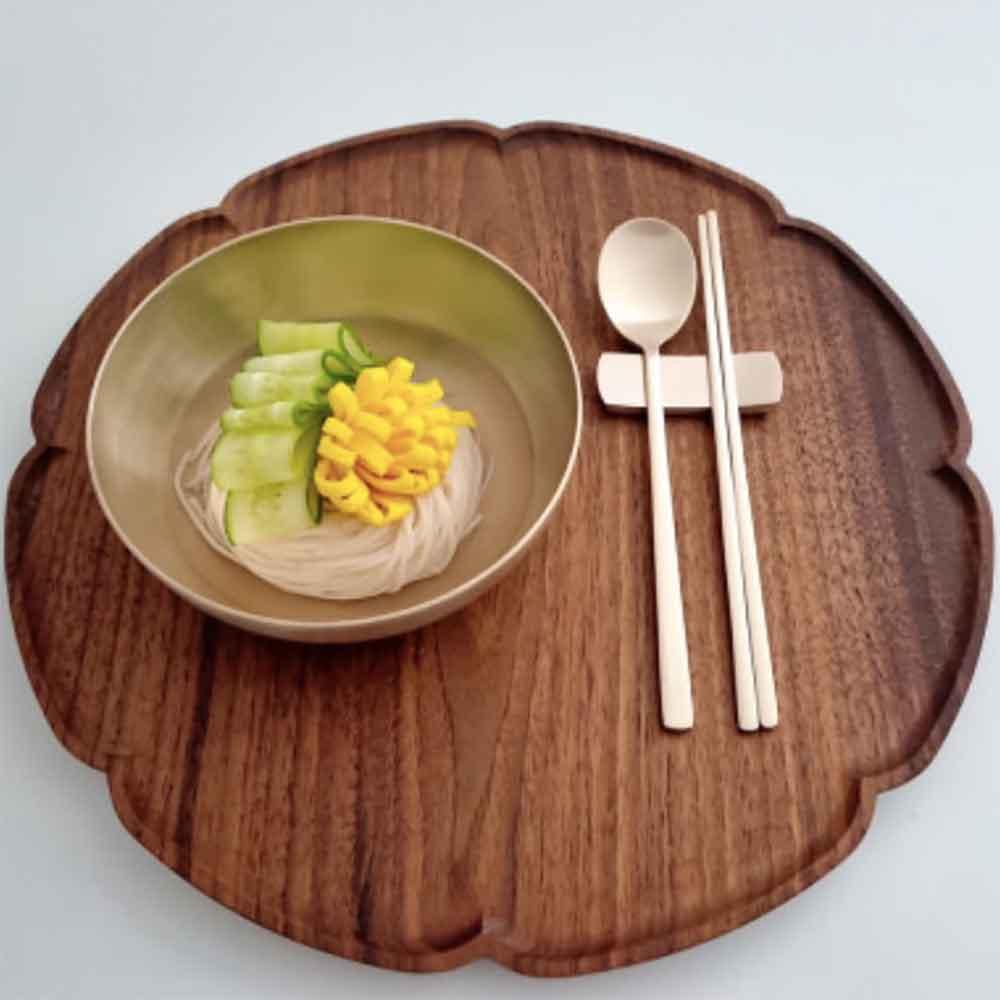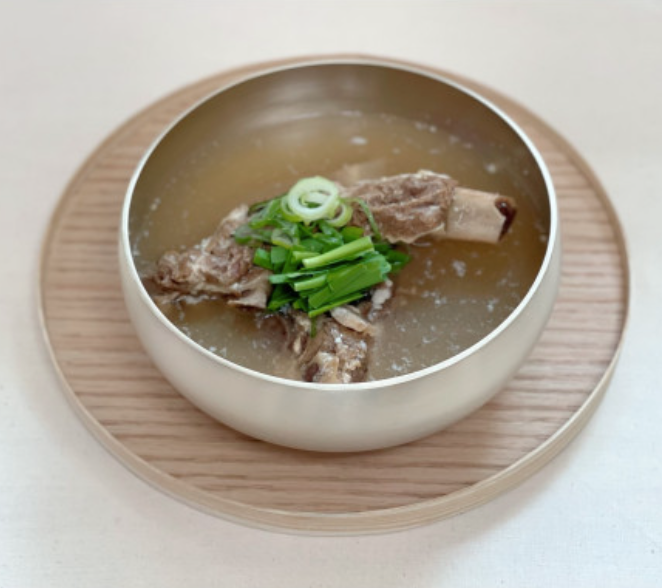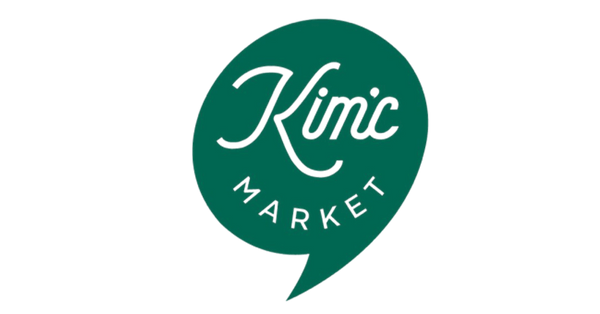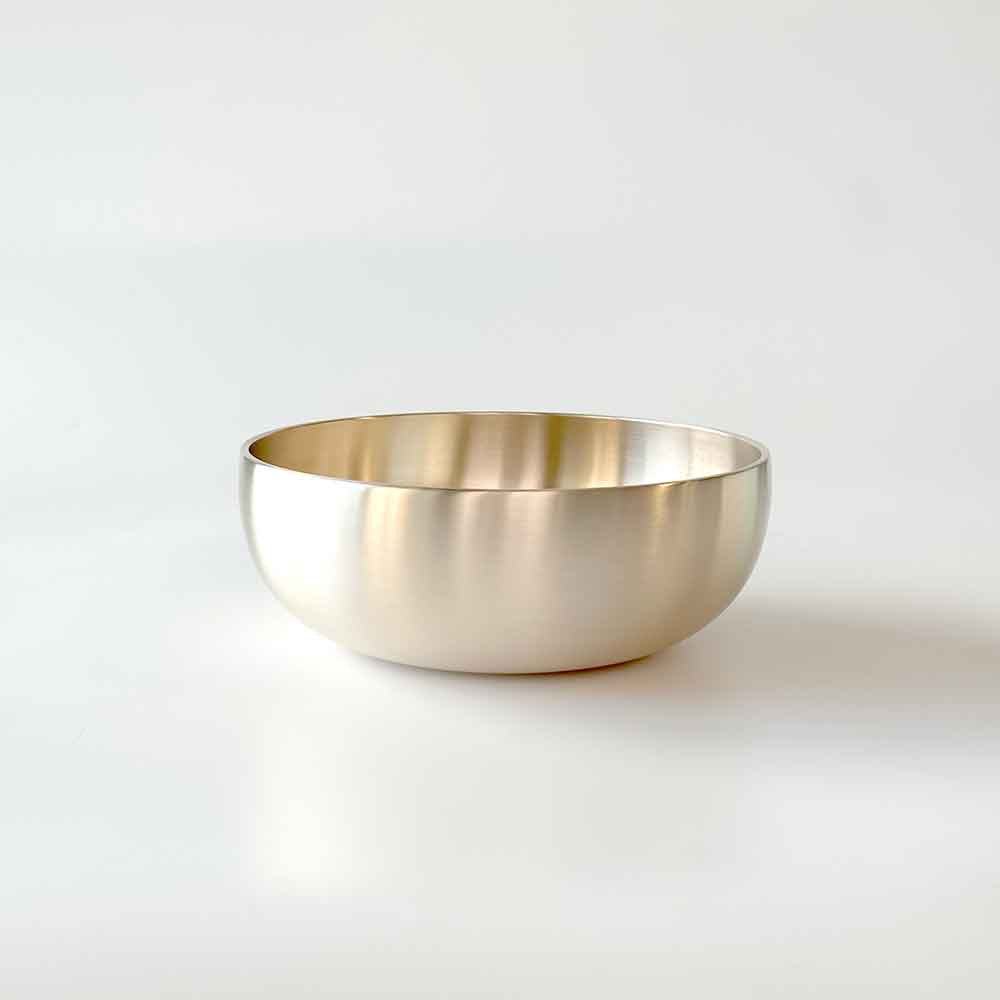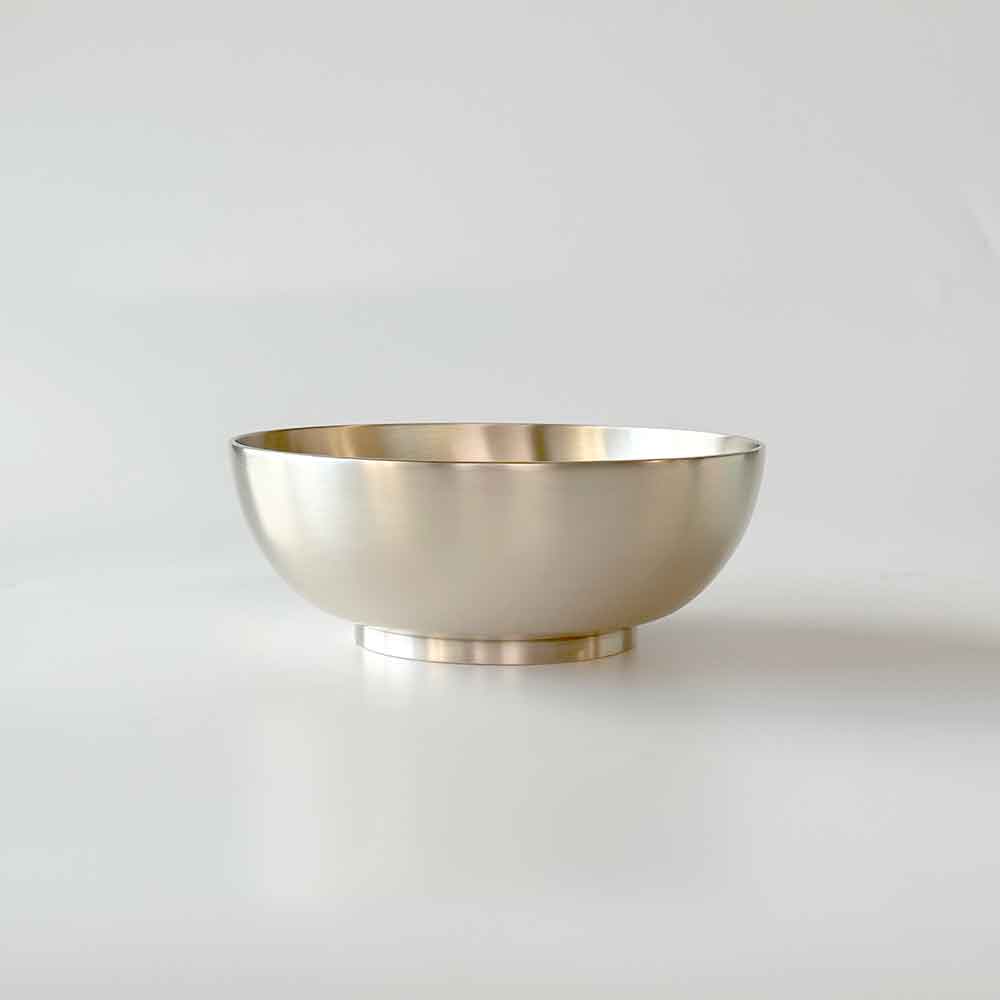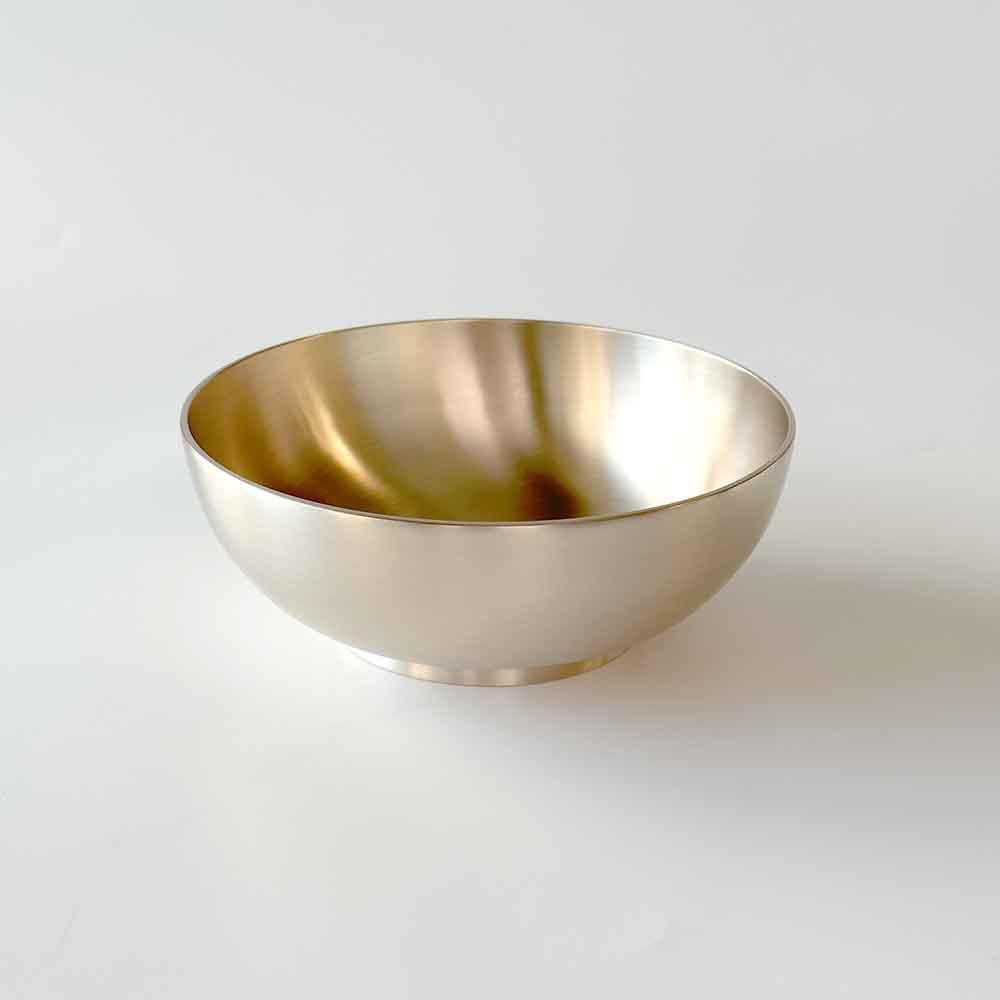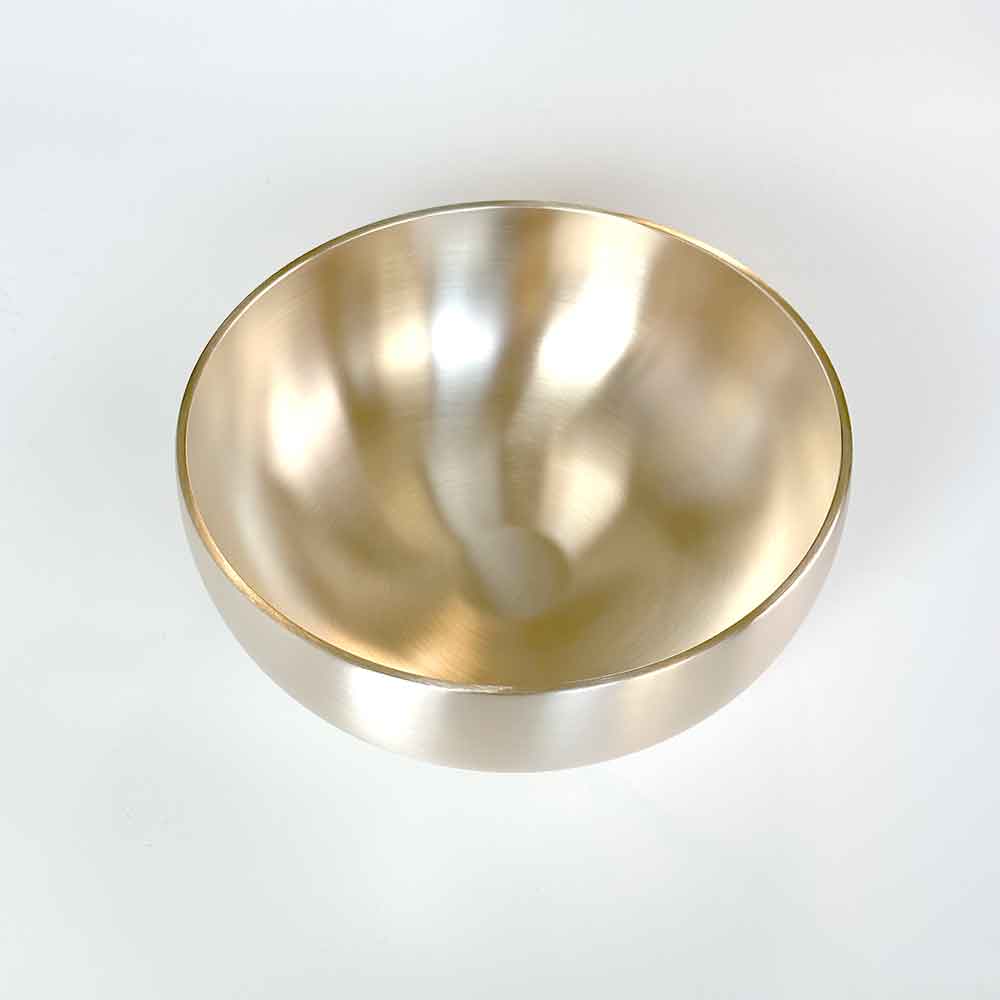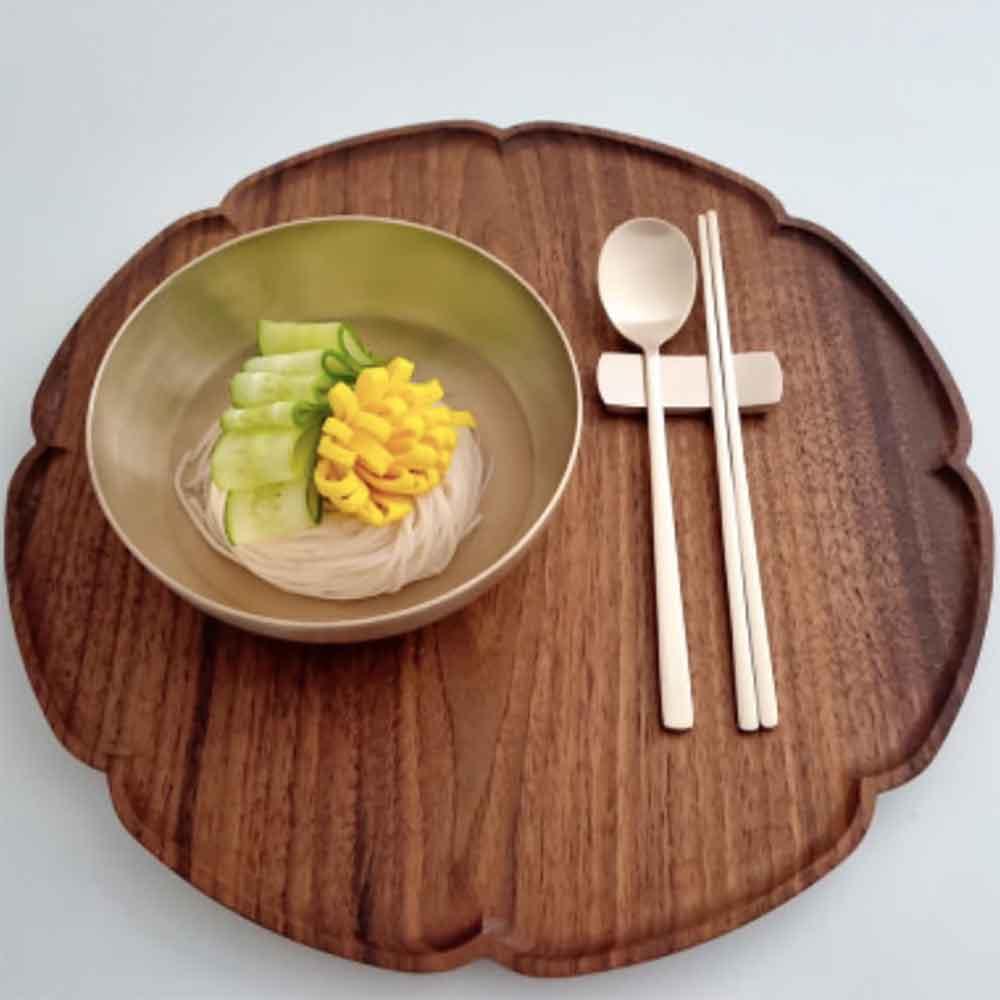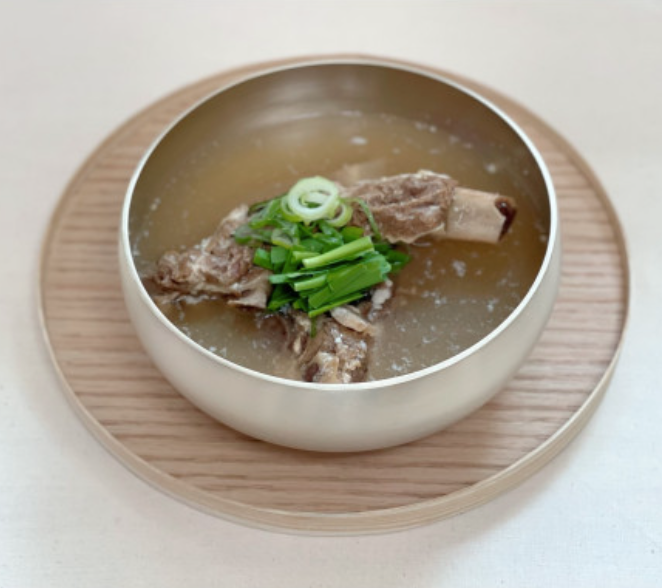Joseon Yugi
Noodle / Tang Bowl (2 Types)
Noodle / Tang Bowl (2 Types)
조선유기공방 방짜 유기 면기
Couldn't load pickup availability
Highlights
Discover the elegance of traditional Yugi bronzeware, prized for its natural antibacterial and sterilizing qualities.
Handcrafted to preserve warmth and freshness, these timeless bowls bring refined beauty and health benefits to your table.
조선 전통 방식으로 제작된 유기 방짜 그릇은 자연 살균과 항균 효과로 식사에 안심을 더합니다.
수공예의 품격으로 음식을 따뜻하고 신선하게 지키며 식탁에 고급스러운 분위기를 선사합니다.
Description
These authentic Yugi bronzeware bowls offer natural sterilization while keeping food warm and fresh. Their warm golden tone and minimalist design complement both Korean and Western dishes, enhancing any dining experience.
- Two designs: Raised Noodle/Tang Bowl (Diameter 6.7” x Height 3”) and Noodle/Tang Bowl (Diameter 7” x Height 2.5”)
- Made from 100% Yugi alloy (78% copper, 22% tin) sourced from Hanbaek Non-ferrous Co., Ltd., certified to exceed 99% purity.
- Yugi reacts to toxins by color change and offers antibacterial properties effective against E. coli and Staphylococcus aureus.
- Before first use, soak in lukewarm water with vinegar (30:1 ratio) for an hour to enhance its soft golden sheen. Use vinegar-based detergent for cleaning to prevent stains.
- Maintain shine by scrubbing with a sponge and occasionally using brass cleaner; always dry immediately to avoid discoloration.
- Specialized Yugi scrubbers for optimal care and stain removal are available at KIM'C MARKET.
유기 방짜 면기는 자연 살균 효과와 더불어 음식의 온기와 신선함을 오래 유지합니다. 은은한 황금빛과 간결한 디자인은 한식, 양식 모두에 어울려 식탁을 품격 있게 완성합니다.
- 두 가지 타입: 방짜 유기 면기 (지름 17cm x 높이 7.4cm), 유기 면기 (지름 18cm x 높이 6.3cm)
- 재료: 한백비철에서 공급하는 99% 이상 순도의 구리(78%)와 주석(22%) 합금 100%
- 유기는 독소 접촉 시 색 변화가 일어나며, 대장균과 황색포도상구균에 대한 탁월한 항균 작용을 지닙니다.
- 첫 사용 전, 미지근한 물에 식초(물 30: 식초 1 비율)를 넣고 1시간 담가 은은한 금빛을 살려주세요. 세척 시 식초 함유 세제를 사용하면 얼룩 방지에 효과적입니다.
- 광택 유지를 위해 수세미로 세척하고, 가끔 놋그릇 전용 세제를 사용하세요. 세척 후 즉시 건조하여 변색을 막아야 합니다.
- 최적 관리와 얼룩 제거를 위한 유기 전용 수세미는 김씨마켓에서 구매 가능합니다.
About
Joseon Yugi is led by Hwang Jooyeon, continuing a three-generation legacy of traditional *bangjja* yugi bronzeware craftsmanship since 1978. Originally focused on Buddhist ceremonial items, the workshop now creates refined tableware that blends heritage with modern living.
Since 2012, Joseon Yugi has contributed expert craftsmanship to Korea’s National Palace Museum and UNESCO-recognized Jongmyo rituals, upheld by six veteran artisans with decades of experience.
Manufacturing Process
- Crafted from an exact 78% copper and 22% tin alloy without chemical coatings.
- Forged at 2192°F and repeatedly quenched—an artisanal technique mastered by few worldwide.
- A meticulous nine-step process includes casting in mudflat soil molds, hand trimming, shaving, polishing, and resting to ensure each piece’s unique character.
조선유기는 황주연 장인이 3대째 전통 방짜유기 기술을 계승하며 1978년 시작된 공방입니다. 초기 불교 제례용품 제작에서 문화재 복원과 현대 생활 식기 생산으로 영역을 확장했습니다.
2012년부터 국립고궁박물관 종묘제기 복원과 유네스코 종묘대제에 참여해 독보적인 장인 정신을 보여주고 있습니다. 6명의 숙련된 장인들이 40년 넘는 경력으로 전통을 지켜 나갑니다.
제조 과정
- 화학 코팅 없이 구리(78%)와 주석(22%) 합금으로 정교하게 제작됩니다.
- 1200℃(2192°F) 고온 가열과 반복 담금질을 거쳐 단단한 단조 기법으로 완성됩니다.
- 갯벌 흙 주형 주조, 수작업 다듬기, 연마, 휴지기 등 9단계 공정으로 각 작품의 독특한 개성을 살립니다.
